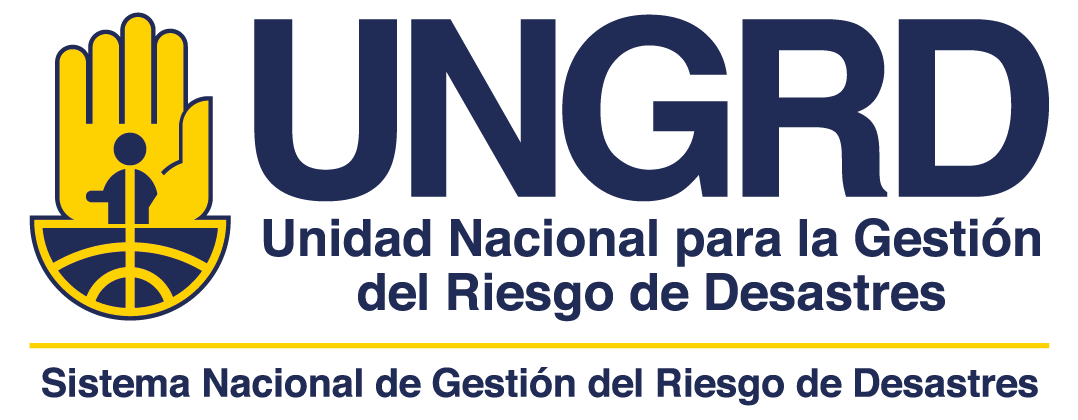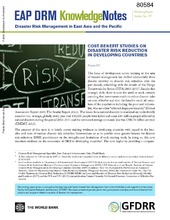Mostrar el registro sencillo del ítem
Cost benefit studies on disaster risk reduction in developing countries
| dc.creator | Shyam KC. | |
| dc.date.accessioned | 2016-07-28T13:29:10Z | |
| dc.date.available | 2016-07-28T13:29:10Z | |
| dc.date.issued | 2015 | |
| dc.identifier.citation | Shyam KC. . (2015). Cost benefit studies on disaster risk reduction in developing countries . Washington. The World Bank | |
| dc.identifier.uri | http://hdl.handle.net/20.500.11762/19825 | |
| dc.description.sponsorship | Global Facility for Disaster Reduction and Recovery - GFDRR | |
| dc.format | Digital (.pdf) | |
| dc.language.iso | en | |
| dc.publisher | The World Bank | |
| dc.source | instname:Unidad Nacional para la Gestión del Riesgo de Desastres | spa |
| dc.source | reponame:Repositorio Institucional Unidad Nacional para la Gestión del Riesgo de Desastres | spa |
| dc.subject | Beneficio/costo | |
| dc.subject | disaster risk reduction | |
| dc.subject | developing countries | |
| dc.subject | Colombia | |
| dc.title | Cost benefit studies on disaster risk reduction in developing countries | |
| dc.type | info:eu-repo/semantics/article | spa |
| dc.description.departamento | WASHINGTON | |
| dc.type.spa | Articulo de investigación | |
| dc.rights.accessRights | info:eu-repo/semantics/openAccess | spa |
| dc.description.abstractenglish | The focus of development actors working in the área of disaster management has shifted substantially from disaster recovery to disaster risk reduction over the past decade, coinciding with the decade of the Hyogo Framework for Action (HFA) 2005-20152. Amidst this strategic shift, there is now the need to work towards ensuring that investments made to reduce disaster risks are cost-effective and that the benefits reach all members of the population including the poor and vulnerable, who are often affected disproportionately (Global Assessment Report 2009, The Sendai Report 2012). The losses from natural disasters to mankind are undoubtedly massive on average, globally every year over 100,000 people were killed and some 246 million people affected by natural disasters during the period 2002-2011 and the estimated average economic loss was US$131 billion per year (EMDAT 2013).The purpose of this note is to briefly survey existing evidence in developing countries with regard to the benefits and costs of various disaster risk reduction interventions so as to provide some general lessons for disaster risk reduction (DRR) practitioners on the strengths and limitations of such existing work. In doing so, this note examines evidence on the economics of DRR in developing countries3. The note begins by providing a comparative guideline for analysis. This is followed by a summary diagnostic of seventeen case studies4 along five key dimensions comprising the guideline as follows: (1) Metric and methodology, (2) Sources of uncertainty, (3) Measuring fatalities and injuries, (4) Results obtained and, and (5) Disaggregated impacts. In the concluding section that follows, the note discusses the overall trends in the field of performing cost and benefit analysis of DRR measures and offers some recommendations for ways forward. | |
| dc.relation.publisherversion | - | |
| dc.type.hasVersion | info:eu-repo/semantics/acceptedVersion | spa |



